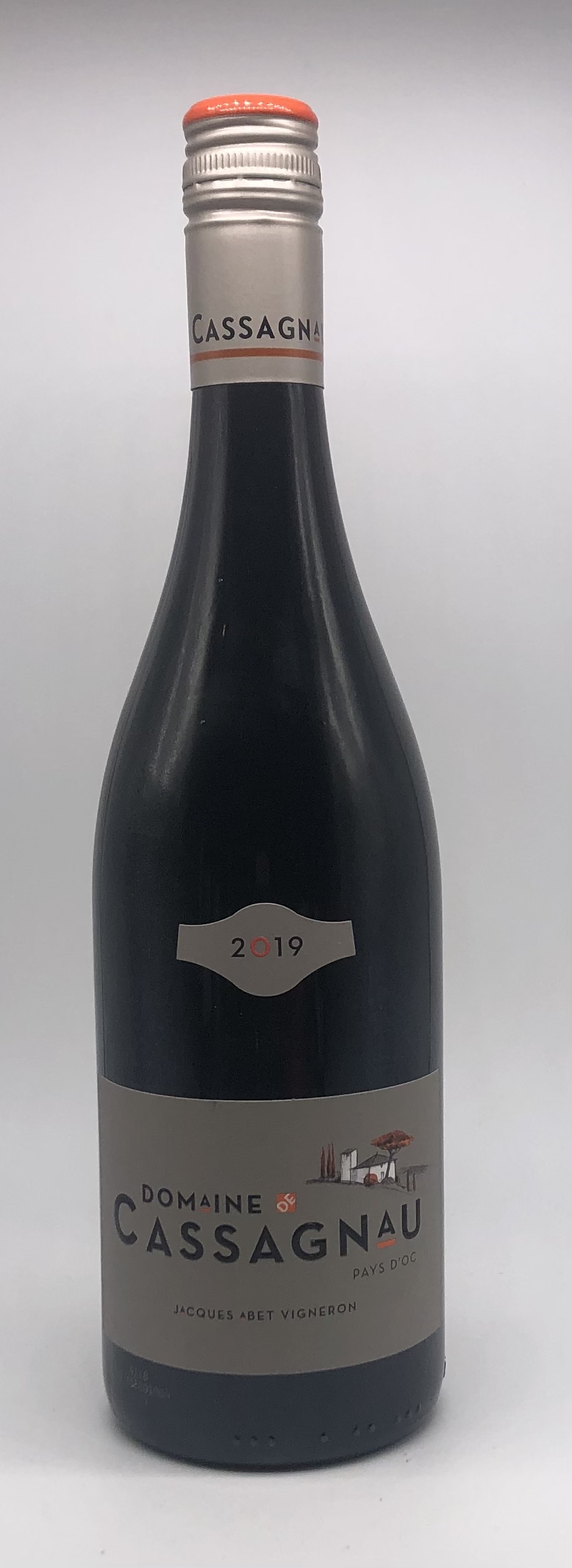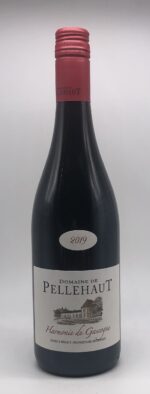Domaine de Cassagnau Red
Of all the southern French terroirs, the Limoux region – at the Languedoc’s western extremity – has those that are best suited to the making of quality Chardonnay. The freshness and humidity of the Atlantic influence attenuates the heat of the Mediterranean climate. The foothills of the Pyrenees give the landscape its relief, forming slopes and valleys. It’s at the heart of this excellent terroir that Jacques Abet is lucky enough to grow, tend and cherish Cassagnau’s “Le Verger” – the fruit orchard. In times gone by, it was the site of a mediaeval hamlet, which was inhabited from the fifth to the thirteenth century, as evidenced by certain remains uncovered during my viticultural labours.
Producer Profile
A simple acquisitions office at first, then a fully-fledged wine trading company which gradually became involved in production, Maison Sichel has seized every opportunity to expand its field of competency and action. The company has undergone dramatic transformation over the past 50 years, with the purchase of a winemaking facility, construction of a bottling plant, acquisition of three estates as well as a négociant vinificateur, and construction of a safe for Grands Crus.

Domaine de Cassagnau Red
Of all the southern French terroirs, the Limoux region – at the Languedoc’s western extremity – has those that are best suited to the making of quality Chardonnay. The freshness and humidity of the Atlantic influence attenuates the heat of the Mediterranean climate. The foothills of the Pyrenees give the landscape its relief, forming slopes and valleys. It’s at the heart of this excellent terroir that Jacques Abet is lucky enough to grow, tend and cherish Cassagnau’s “Le Verger” – the fruit orchard. In times gone by, it was the site of a mediaeval hamlet, which was inhabited from the fifth to the thirteenth century, as evidenced by certain remains uncovered during my viticultural labours.
Producer Profile
A simple acquisitions office at first, then a fully-fledged wine trading company which gradually became involved in production, Maison Sichel has seized every opportunity to expand its field of competency and action. The company has undergone dramatic transformation over the past 50 years, with the purchase of a winemaking facility, construction of a bottling plant, acquisition of three estates as well as a négociant vinificateur, and construction of a safe for Grands Crus.

Domaine de Cassagnau Red
Of all the southern French terroirs, the Limoux region – at the Languedoc’s western extremity – has those that are best suited to the making of quality Chardonnay. The freshness and humidity of the Atlantic influence attenuates the heat of the Mediterranean climate. The foothills of the Pyrenees give the landscape its relief, forming slopes and valleys. It’s at the heart of this excellent terroir that Jacques Abet is lucky enough to grow, tend and cherish Cassagnau’s “Le Verger” – the fruit orchard. In times gone by, it was the site of a mediaeval hamlet, which was inhabited from the fifth to the thirteenth century, as evidenced by certain remains uncovered during my viticultural labours.
Producer Profile
A simple acquisitions office at first, then a fully-fledged wine trading company which gradually became involved in production, Maison Sichel has seized every opportunity to expand its field of competency and action. The company has undergone dramatic transformation over the past 50 years, with the purchase of a winemaking facility, construction of a bottling plant, acquisition of three estates as well as a négociant vinificateur, and construction of a safe for Grands Crus.







